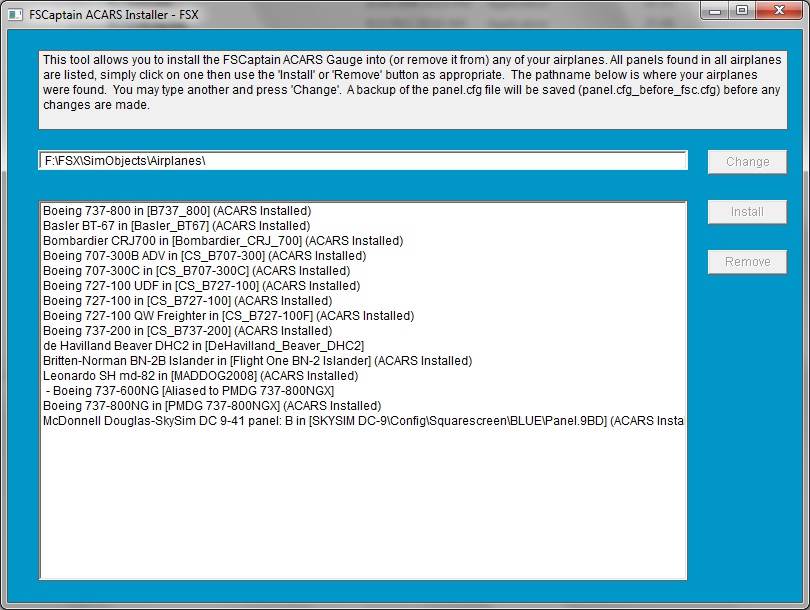

Flexuosa trees can also have a twist or spiral effect in the bark of their main trunks that increases with age, usually evident in seedlings. The species, in some circumstances - such as when grown on rocky, terraced terrain - can grow buttress roots, but seldom does in flat, sandy areas. Without pruning, the canopy can become thin. Nana respond well to pruning and is often pruned back to its main trunk to promote new growth and to keep a tidy and dense canopy. Typically there are few species that grow under flexuosa trees, as the leaf litter can suppress understorey species.įlexuosa and var.

Quick growing, the tree produces a large amount of detritus and its trunk sometimes becomes large and disproportionate to the rest of the tree. However, care must be exercised in selecting it for small areas, as in a yard setting. Agonis flexuosa is an attractive garden or specimen tree in temperate climates. The tree is used in mass plantings, such as street trees, and has been introduced to Rottnest and Garden Islands near its native region. The habitat includes limestone heath, stable dunes, and sandy soils usually inland from the coastline, and it also grows as an under-storey plant in Tuart forest. The cultivar Agonis 'Nana' is a dwarf form that is commonly seen in Perth as a hedge.Īgonis flexuosa occurs in a subcoastal strip from just north of Perth, southward through the Swan Coastal Plain, then along the coast to outlying records east of Bremer Bay (34☂3'S). Some commercially produced cultivars include Agonis ‘Belbra Gold’ and Agonis ‘Fairy Foliage’. Horticultural variants are probably derived from the widespread population, growing as shrubs or trees and perhaps being flowerless. latifolia, range restricted to West of Walpole to Cheyne Beach, also found at the Stirling Range. flexuosa, found in coastal areas of the Southwest, common. It was originally placed in the genus Leptospermum by Sprengel in 1819, but Schauer placed it in Agonis in 1844. The species name flexuosa is Latin for "full of bends", referring to the zig-zag course of the stem, which changes direction at each leaf node.

The genus name Agonis comes from the Greek agon, "a cluster", referring to the arrangement of the fruits. The fruit is a hard capsule, 3 – 4 mm across, with three valves containing many small seeds. It is most readily identified by the powerful odour of peppermint emitted when the leaves are crushed or torn. Leaves are narrow and reach a length of 150mm. It grows in a weeping habit, and looks remarkably like the weeping willow from a distance. It has fibrous brown bark, long narrow dull-green leaves, and tightly clustered inflorescences of small white flowers in the axes. A. flexuosa occurs mainly as a small and robust tree, usually less than 10 metres tall, although it may grow to 15 metres.


 0 kommentar(er)
0 kommentar(er)
